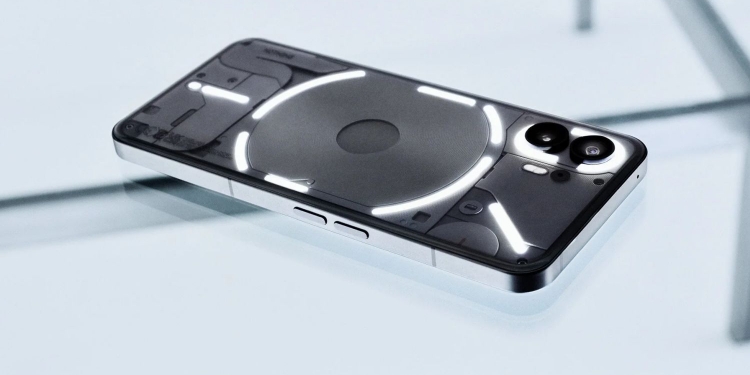Nothing has finally revealed the Phone (2), the sequel to its first semi-transparent smartphone, the Phone (1) which was launched almost exactly a year ago. The Nothing Phone (2) promises a significant step up from the first model which now runs on a flagship-class processor and it offers improved build-quality. To bring you up to speed, here are the new improvements you can expect from the Nothing Phone (2).
Bigger screen and improved build quality

When the Nothing Phone (1) was introduced to the world, its flat slab design looks like a modern refresh of the older iPhone models. This time, Nothing is trying to make the Phone (2) look more upmarket with extra refinements including a slightly raised 3D glass for the rear.
The Nothing Phone (2) comes in white and they have also introduced a new grey option which is said to accentuate the Glyph interface better than the black version. Regardless of which colour you pick, the Phone (2) gets black camera surrounds to put more emphasis on its new dual camera setup for the rear.
Over at the front, the 120Hz Full HD+ screen is now bigger from 6.55″ on the Phone (1) to a larger 6.7″ size on the Phone (2). The new flexible OLED panel is also brighter at 1000 nits for outdoor max brightness and it gets a HDR peaked pixel brightness of 1600 nits. Nothing has also made the screen bezel thinner and symmetrical while the punch-hole selfie camera has been moved from the top left corner to the centre.
Water resistance has improved only slightly with an IP54 rating. That’s essentially splash resistance, so do keep this away from the swimming pool.
Snapdragon 8+ Gen 1 with up to 512GB storage
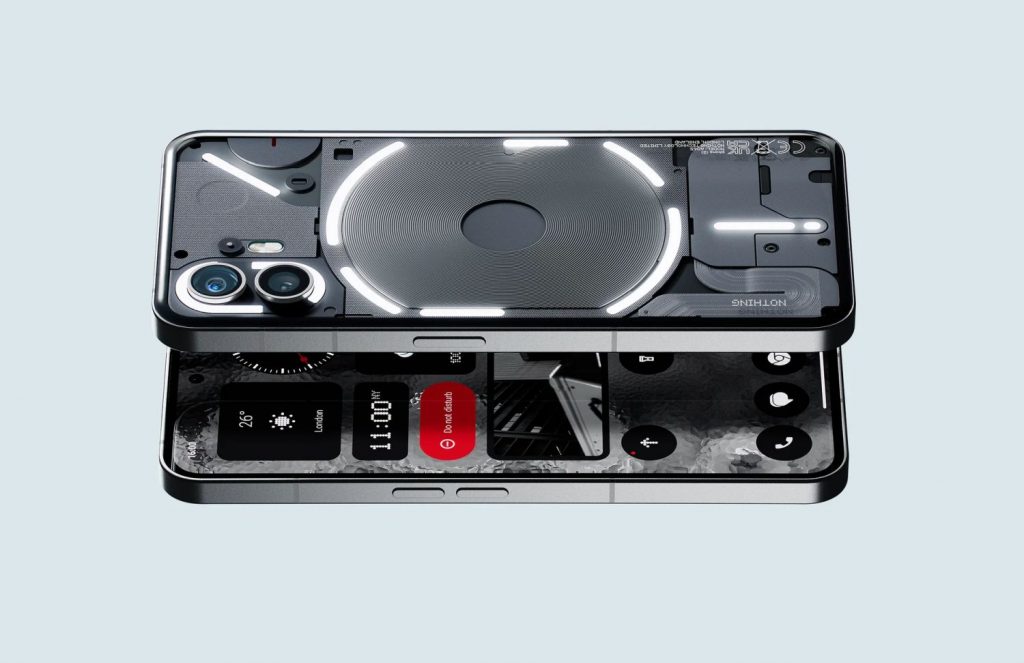
Under the hood, Nothing is stepping up from a Snapdragon 7 series processor to a more powerful Snapdragon 8+ Gen 1. While it isn’t the latest flagship chip that Qualcomm has to offer, Nothing says it still provides 80% performance improvement over its first-gen smartphone.
The device gets 8GB of RAM for the base 128GB storage model, while the 12GB RAM option now comes with either 256GB or 512GB of storage. As a comparison, the previous Nothing Phone (1) maxes out with just 256GB of storage.
Updated flashy Glyph interface
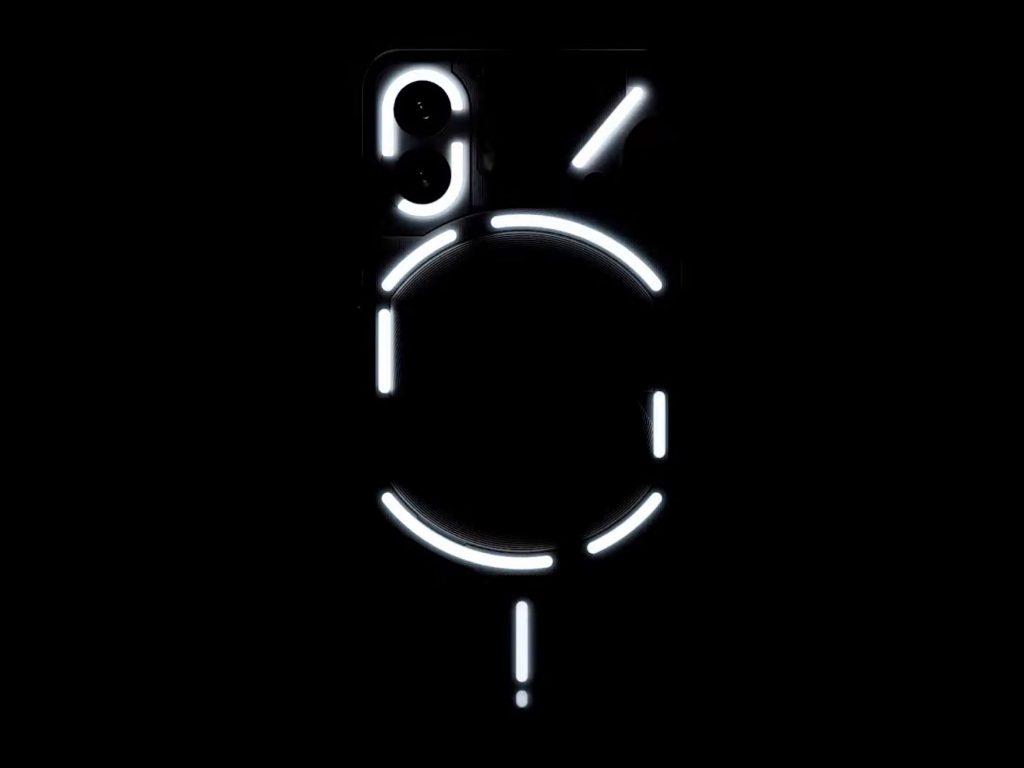
The biggest star of the show is its Glyph interface which is essentially an array of LED strips at the back of the semi-transparent design. This time, the interface offers greater granularity with more LED zones than before. The Phone (2) now gets a new DJ-like Glyph composer for you to customise your own ringtone and there’s also the ability to set customise notifications for your app.
With more LED zones, the curved illuminated line can be used as a timer indicator or as a status bar for third-party apps such as Uber or Zomato. According to Nothing during its keynote video, this allows you to keep track of specific progress from the rear without being distracted by other apps that are running on your phone.
Improved 50MP main camera

The Nothing Phone (2) still retains a similar dual 50MP camera setup as before but the main camera has been upgraded to a Sony IMX890 1/1.56 sensor. Meanwhile, the 50MP ultra-wide-angle camera remains unchanged as it still uses a Samsung JN1 sensor as before.
To level up its photography performance, Nothing has made some improvements to the software particularly dynamic range as well as improved motion detection. This should result in better HDR as well as greater sharpness when capturing moving objects. The Phone (2) also now supports 4K video recording at 60fps and it also supports Live HDR at 4K30fps, Slow-mo at 480fps and time Lapse in 4K.
Meanwhile, the selfie camera on the Phone (2) has been upgraded from a 16MP 1/3.1″ Sony IMX471 sensor to a 32MP 1/2.74″ Sony IMX615 sensor. The selfie camera now does Advanced HDR, 1080p video at 60fps as well as Live HDR video at 1080p at 30fps.
Bigger battery and power-efficient display
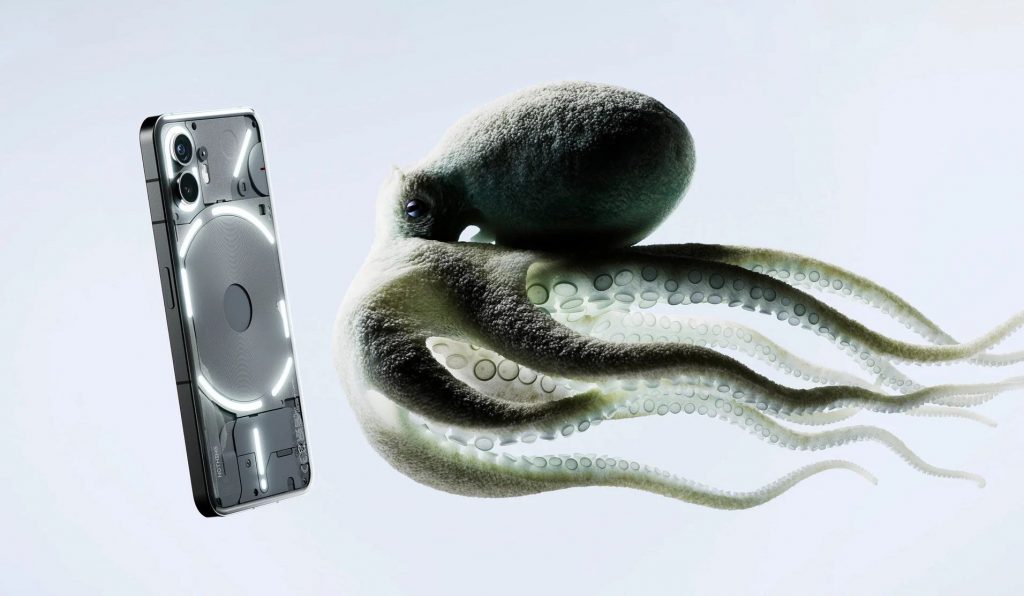
Powering the Nothing Phone (2) is a 4,700mAh battery which is 200mAh more than its predecessor. Fast wired charging has been improved with support for up to 45W (Phone (1): 33W) while wireless charging remains unchanged at 15W and it can also do reverse wireless charging at 5W.
It is also worth highlighting that the 6.7″ display uses an LTPO technology which allows the screen to dynamically switch between 1-120Hz. The extra low refresh rate helps to cut down power usage as much as 30%. As a comparison, the Phone (1) has a variable refresh rate between 60 to 120Hz.
Nothing OS 2.0
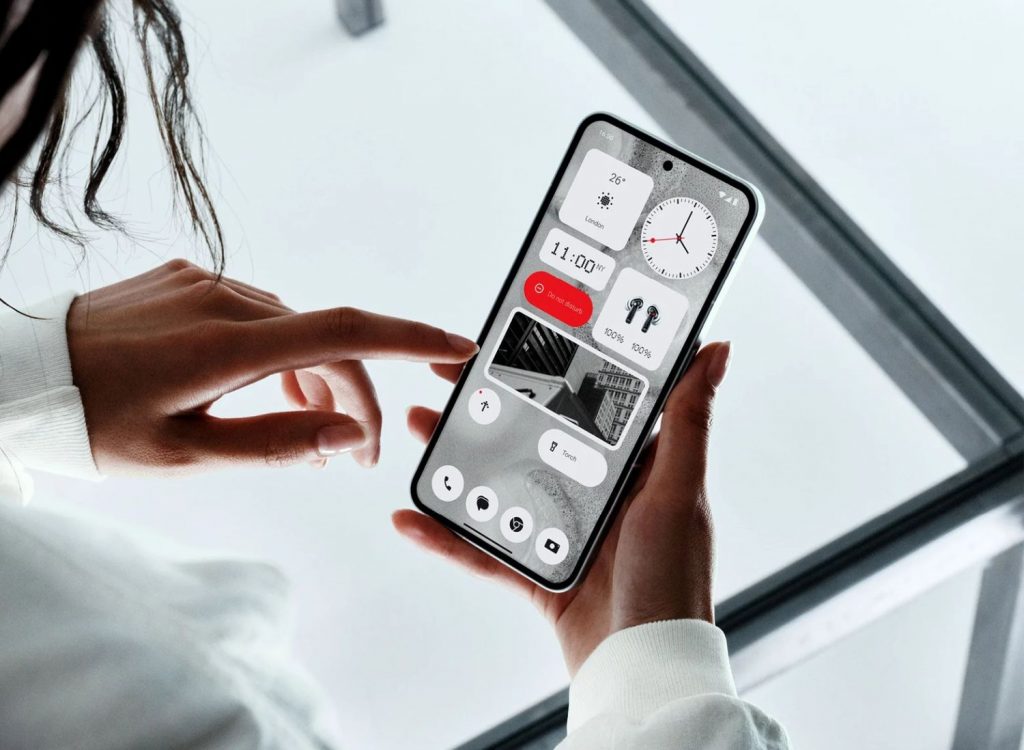
Besides the sleek exterior, Nothing is also proud of the improvements made to its operating system. On Nothing OS 2.0, the new interface boasts a bold monochromatic design which strips distracting colours from app icons. The home screen contents are laid out in a symmetrical grid design and it also features Nothing’s widgets including a pedometer and screentime.
The Nothing Phone (2) costs more than the Phone (1)
Given the hardware and build quality improvements, it is not surprising that the Phone (2) costs significantly more than the Phone (1). Nothing has revealed its official pricing in select markets and here’s the pricing in the US:
- 8GB+128GB – USD599 (about RM2,789)
- 12GB+256GB – USD699 (about RM3,255)
- 12GB+512GB – USD799 (about RM3,721)
As part of their pre-order in the US, they are offering USD 50 (about RM232) off for the 12GB RAM variants. In Singapore, the Phone (2) is only offered in 12GB RAM options and the 256GB model is priced at SGD999 (about RM3,466), while the 512GB storage option is going for SGD1,099 (about RM3,813).
[ UPDATE 12/07/2023 16:43 ] Nothing has confirmed that Malaysia is getting the 256GB and 512GB options for the Phone (2). This means you’ll likely have to fork out more than RM3,000 for the Nothing Phone (2).
If you’re interested to get one in Malaysia, the local launch in partnership with Yes 5G is happening on 14th July 2023. The first on-ground sale for the Nothing Phone (2) in Malaysia is happening on 15th July 2023 at Crossover, Mid Valley.
Would you get the Nothing Phone (2) in Malaysia? Let us know in the comments below.

